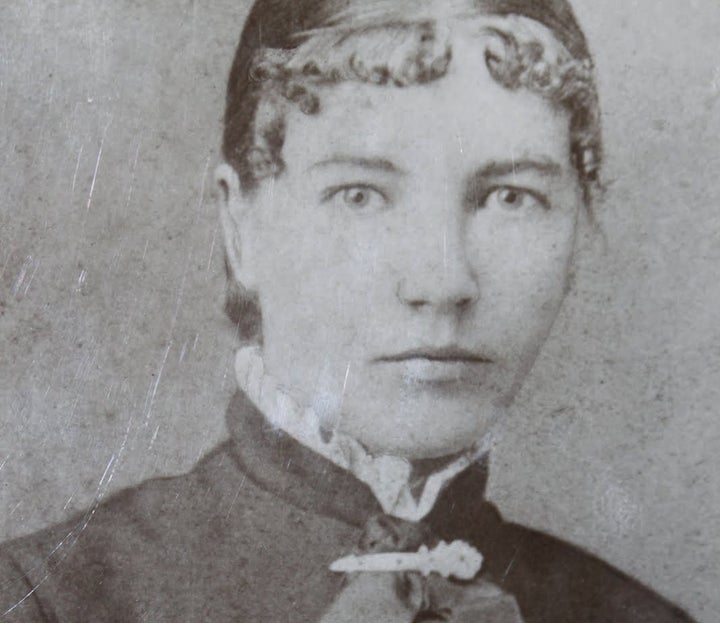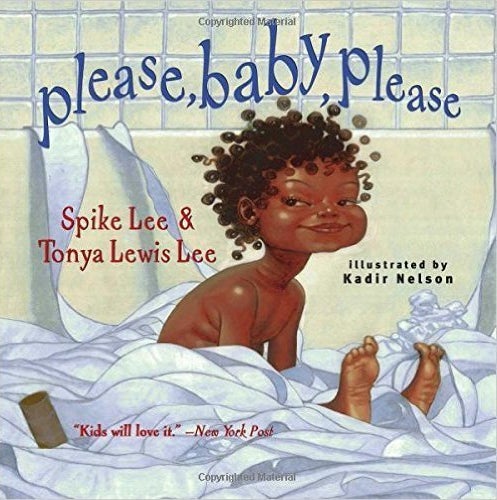
Remember that mourning process nearly everyone in America went through last year, when the publication of Harper Lee’s Go Set a Watchman revealed a darker, more bigoted side to the Atticus Finch who’d stood for half a century as the principled hero of To Kill a Mockingbird?
I’m sorry to bring it up; I know the wound is still rather fresh. But you’re likely to undergo this sort of grief at some point in your reading career anyway. It was just that, thanks to the longtime popularity of Atticus and the stunning recharacterization in Lee’s newly published book, this might just be the only instance we all went through it at exactly the same time.
Take, for example, Laura Ingalls Wilder’s series Little House on the Prairie. If you loved these books growing up, chances are you’re in for a quietly rude awakening one day, as Laura June wrote at The Awl in 2014.
Perhaps it’s because we live in a time when, thanks in part to social media, protests of racial oppression and microaggressions have become pervasive and ongoing. A time when we’re all learning to consider our prejudices and our careless words. Perhaps it’s just because many of us read long-established children’s classics when we were too young to register that there was anything offensive about them.
But when you pick up a once-beloved childhood classic to read to your own little ones (or, what the hey, just because you’re feeling nostalgic), often you’ll find a less pure and admirable little world than the one you remembered.
Like many little girls who loved Ingalls Wilder, I read the books as empowering tales of a bold, determined girl who refused to be constrained by convention. Tomboy Laura, to a '90s child, seemed confident, smart, and a worthy role model, with her tousled hair and muddy skirts.
The rich detail about the Ingalls family’s ways of survival in the late 1800s -- the intricacies of cabin-building and head-cheese-making, maple-candy-making and farming -- fed into a child’s romanticized idea of what living off the land would be. (Hint: I thought it would be fun.) In large part, I loved the books for the same reason I loved My Side of the Mountain and The Swiss Family Robinson; the actual modern conveniences that surrounded me seemed dull compared to the imagined thrill of sleeping in a hollowed-out tree with a lamp made out of fat in a turtle shell.
“The longer a book is read and treasured past its publication date, the more likely it is to outlast its cultural context and outstay its welcome.”
Such romantic visions of life as it once was, especially as articulated by white people, tend to have some problems. Think of the morally questionable popularity of plantation weddings and antebellum style, which harken back to a society in which wealthy whites lived a life of luxury supported by the backbreaking enforced labor of enslaved black workers. Those Southern-rose visions can be edited to remove the slavery that made it all possible, but the existence of that nostalgia rests on the existence of the atrocity.
The pioneers, too, are a romantic vision. The triumph of the human will over innumerable perils, stalwart pursuit of westward progress. Except, of course, that this romantic vision also rests on the back of something far less pretty: the systemic enforced migration and genocide of American Indian peoples who lived all over the continent.
As Pa, Ma, Mary and Laura struggled to survive in the face of relatively unbroken wilderness, pressing deeper and deeper into uncharted territory every few years, they were part of a movement that was displacing the people who lived there. Ma's hatred toward the Native Americans they encounter is more shocking to read as an adult, but Pa's forbearance toward them, his explanations to Laura of their culture and humanity, ring slightly false coming from someone participating in their displacement. (The Ingalls family actually homesteaded on the Osage Indian reservation in Kansas, though they did eventually leave when requested by the government; their time in Kansas formed the basis for Little House on the Prairie.)
The overall picture the books paint of the American Indian people isn't overtly hateful, but of its time: distorted, stereotyped, and placed through a lens of white people's best interests and wants. Given the seeming moral balance provided by fearful Ma and magnanimous Pa in the books, it's strange to reread the books as an adult and suddenly see that this balance is all out of whack. The simple tales of a little pioneer girl running free through the big woods don’t look innocent anymore, and it's more disturbing to realize that it's so insidious, there was a time that it did seem innocent and fairly drawn.
All those books I couldn't wait to share with my own (hypothetical) daughter one day, starting with Little House on the Prairie, seem suspect now, like time bombs that have yet to go off. Is Anne of Green Gables riddled with hate? What about Little Women? Even looking at these books no longer appeals in the same pure way -- and I definitely don't think I'll casually pluck Little House off the shelf to read aloud to my own little ones.
Maybe Laura Ingalls Wilder and her beloved children's books won't stay on the classics shelves forever, but it's the fact that they were there at all that allowed readers like myself this painful revelation. The longer a book is read and treasured past its publication date, the more likely it is to outlast its cultural context and outstay its welcome. The Little House books bring a childhood fantasy to life so vividly that they're still around, today, for us to realize how troubling that fantasy really is. That may not be the birthday present Laura would want, but it's something.
Also on HuffPost:


